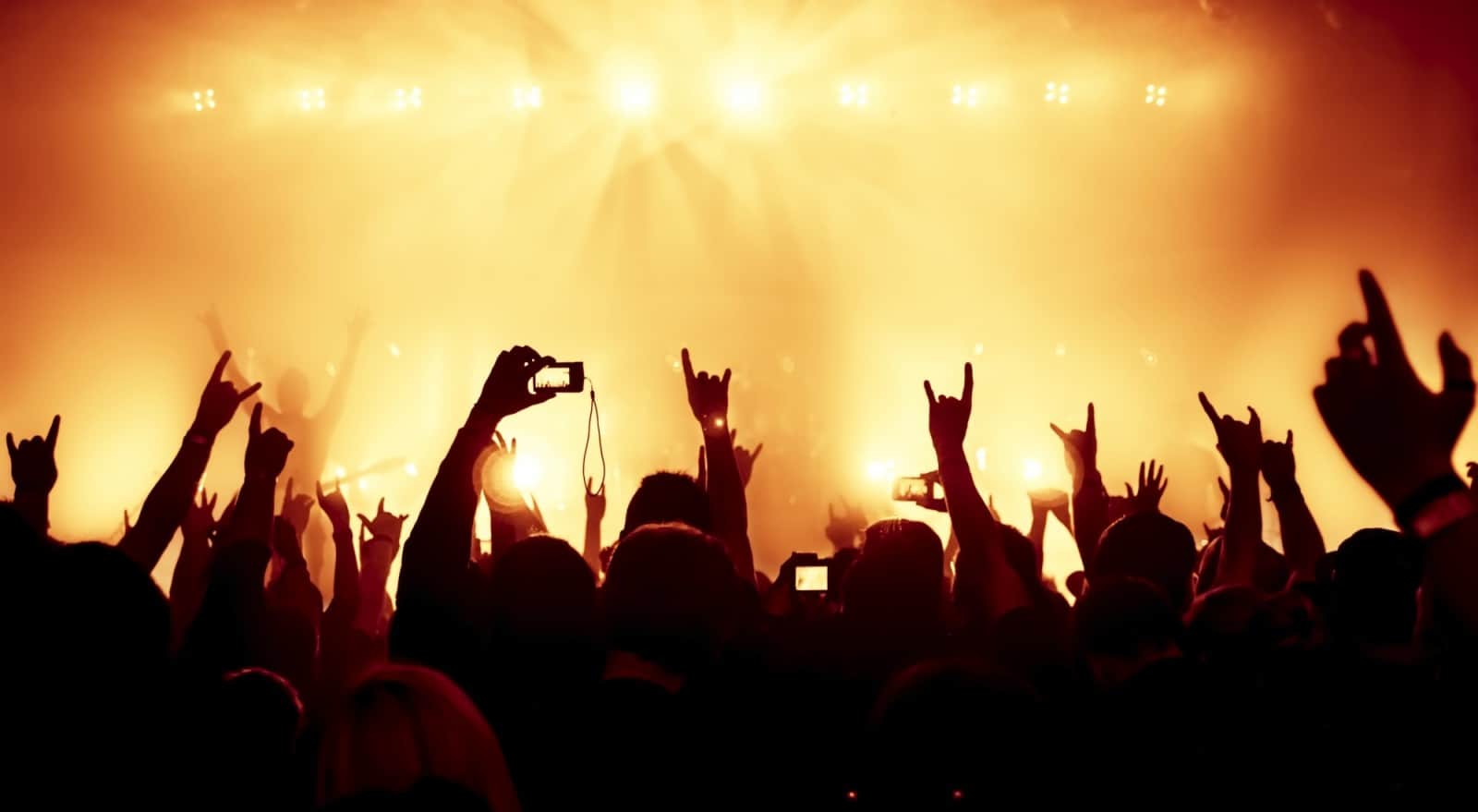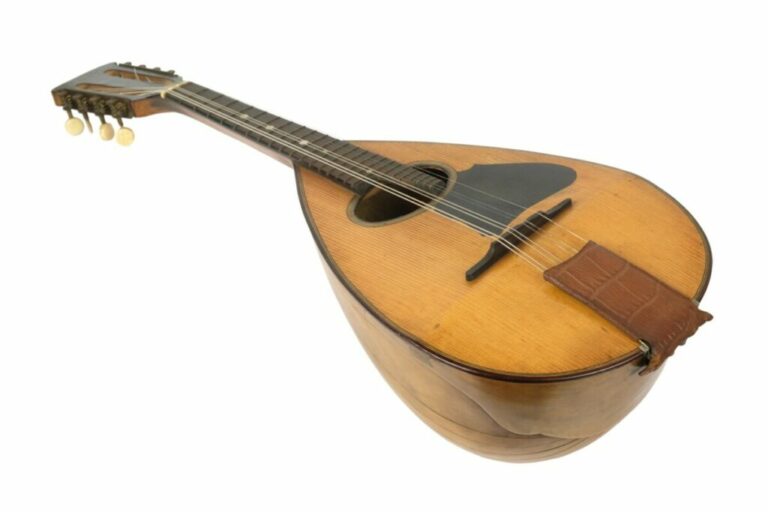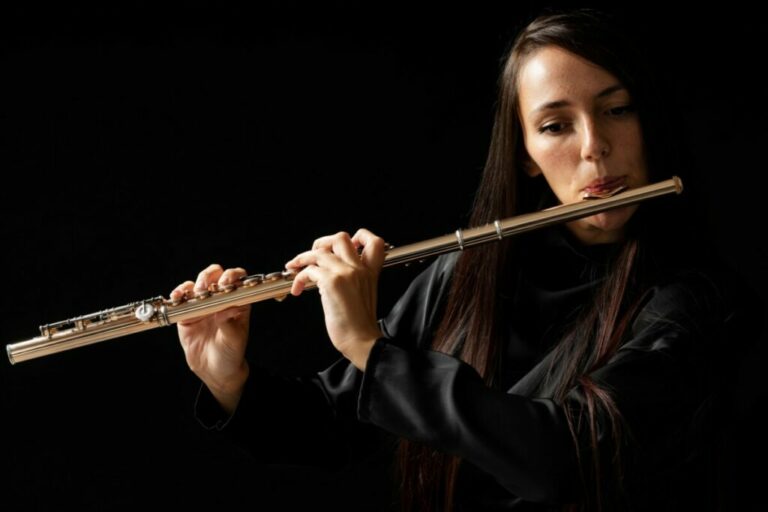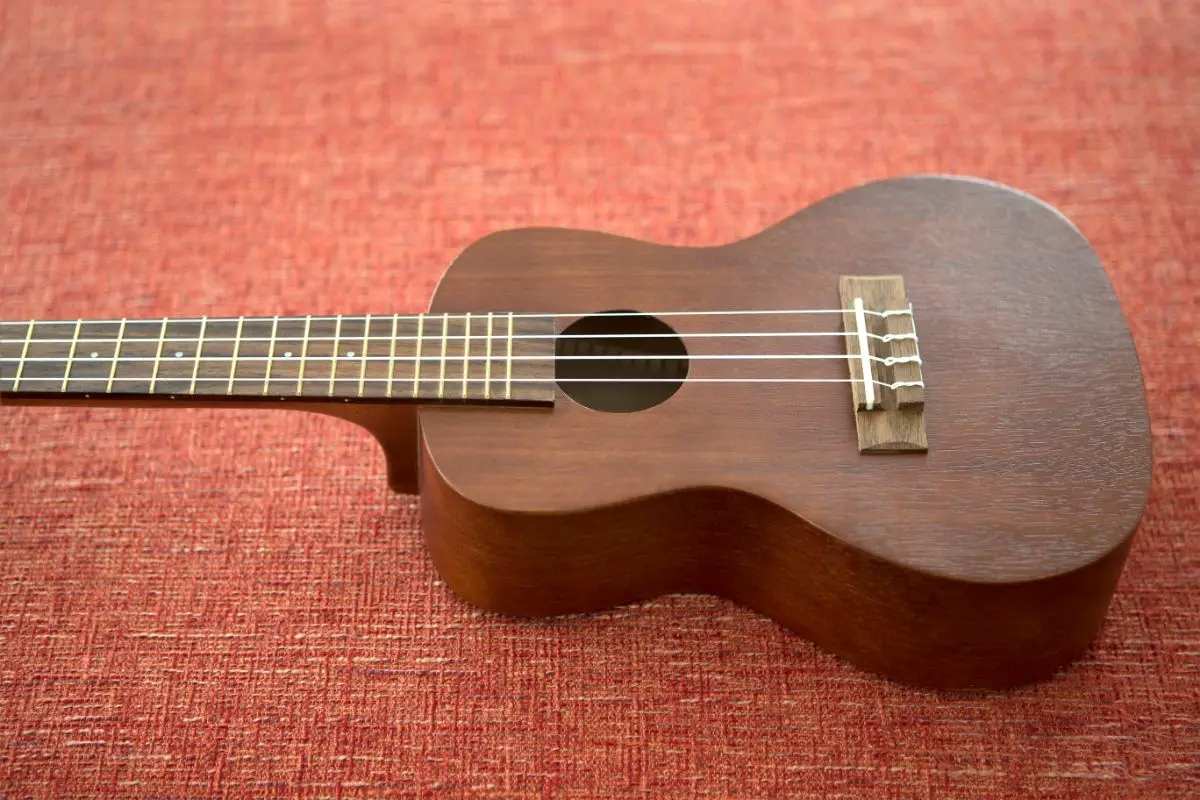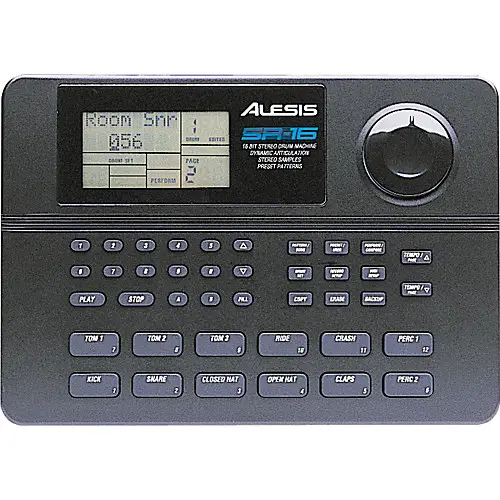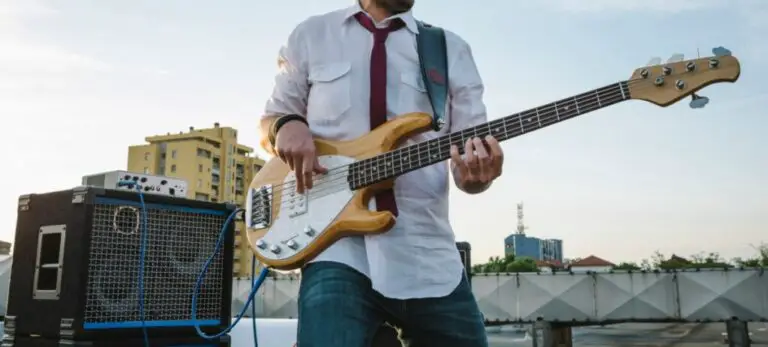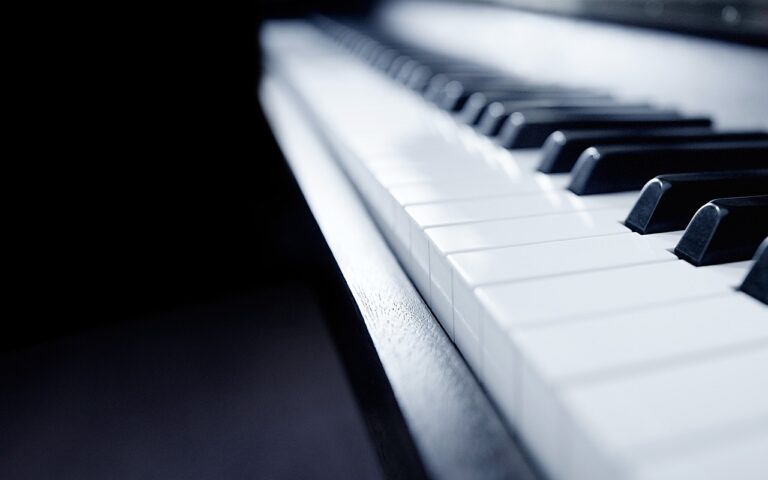Why Do Bands Perform Encores?
For many bands, there is no better sign that a live show went well when the crowd chants your name asking for an encore. The rush from the chants, the chance to go out with a bang and that feeling like you are joining the greats by performing this time-honored tradition. These all act like giant motivating factors when looking to produce the encore and work it into the fabric of your live performance.
However, the act of playing encores are no longer the spontaneous beast that they once were and are indeed a pre-planned part of the show.
So why do bands still perform encores? An encore can be utilized as the natural break for the performers before signing off with some signature tunes. Some use it as a way to keep fans on the edge waiting for their most well-known songs until the end. Many also just see it as a traditional part of the show harking back to the success of many famous acts in the past.
No matter what the reason may be though, the nature of an encore raises just as many questions as it does provide answers. Is it still relevant in modern-day practices where many people expect to see it from the headlining act? Well, let’s not tease any further and see just why many bands still perform encores.
Encores Are A Traditional Part of the Show
The nature of the encore is one of the oldest traits of any performing act stretching back to the 1800s.
Back when operas and stage plays were all the rage, crowds would chant for an encore to hear songs or scenes that they particularly loved during the show. An encore would show the fans appreciation for the performers on stage and show that the talent acknowledged their appreciation.
Of course, the notion of encores has changed dramatically as time has gone on. Indeed, the practice had faded away somewhat in the early 20th century and some performers strictly tried to avoid them. Major cult figures such as Elvis Presley made a strict point to prove they would not perform one. It was why the “Elvis has left the building” catchphrase was spawned in the 50s and 60s to manage crowd excitement.
However, live shows and performances have evolved in nature and spectacle to the point that the act of it is once again needed. Performers and bands searching for a way to add to the spectacle and fill out time can utilize the traditional feature back into the set. With artists in the 1970s and 1980s looking to make performances more dramatic and eye-catching, there was no better way to bring the practice back to the fore.
With iconic live acts such as The Rolling Stones, Prince and Bruce Springsteen all making them a key part of the show, it has once again become part of the show itself. Many people now expect bands to do one as the tradition becomes a key part of a show’s climax rather than just for the appreciation of the talent itself.
A Tool For Timing
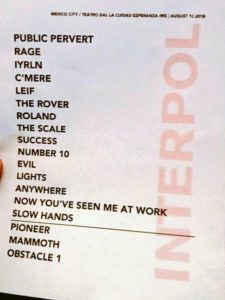 Knowing that the encore will be coming, performers can use this as a means to breakdown their act into key sections. It only takes one look at a setlist to see how this break down. Whilst most songs will be performed back to back, most bands will now mark the encore down before performing a handful of songs.
Knowing that the encore will be coming, performers can use this as a means to breakdown their act into key sections. It only takes one look at a setlist to see how this break down. Whilst most songs will be performed back to back, most bands will now mark the encore down before performing a handful of songs.
The break has an almost distinct formula to it with most performers now saving particular songs and tunes to for the encore itself. Most of these are the signature songs acting as the big finale. Thinking of the “save the best for last” cliché, you won’t be hard-pressed to find that most acts will close with the hit fans know best.
It gives fans a reason to stay until the end and allow the artist to slot in other songs during the bulk of performance to accommodate the needs and desires of the varying swathes of people lurking within the crowd adding some surprises within a mix of new and old favorites.
Of course, the timing of the encore can also be a good way for the band to cool off for a minute and add to the duration of the show itself.
With most venues incorporating curfew limits, it gives the performers a finite window to get everything in from start to finish. Utilizing the encore as a break, it can allow bands to stretch the show out and take a couple of minutes to refresh before attacking the big finale with renewed vigor and energy. It can act as the 10-minute warning part and let the band take everything in before slotting in the big hitters and reach the fabled curfew point.
The Signature Of The Showcase
With both bands and fans knowing that encores are to be expected, it put the onus of the band to make it the standout bit of the show. While many know that it will contain big hits, performers need to make this part big to ensure that the fans go home happy. This strategy has led to performers using encores as different ways of boosting their live shows:
- Multiple Encores: Some people will deliberately stop and break more than once in order to break down their show into different sections. Artists such as Green Day and Prince became synonymous with this and used it to great effect for their shows giving fans a sign of what songs might be just around the corner
- Gimmicks and Theatrics: Some performers can use the short break to set up interactive elements of the show and add to the energy. It can come via a host of means whether it is costumes, lighting or pyrotechnics. The additional elements give stage technicians time to check everything is ready and avoid any unnecessary setbacks.
- Switching Equipment and Mood: The break in proceedings doesn’t have to be flashy or loud. Sometimes, the break can allow performers to switch everything over to a whole new setting. It’s not uncommon to use the gap to switch from electric to acoustic for a few songs. The switch gives the show a new dynamic for a bit and allows some band members to take a break where needed.
By knowing what strategies they can use an encore for, it can help performers add new elements to their show and keep crowds happy. It is these tactics that have indeed seen many bands use encore as a feature of their shows in the scene today.
Here’s how national touring indie rock band Filmspeed selects their encores.
“Our encore selections are totally off the cuff and greatly depend on the venue, city, or bands we’re sharing the bill with. Could be deep cuts from our old records or a brand new cover song, it’s all about reading the room. There was a gig where we played Oasis’ “Champagne Supernova” as an encore. Afterward, the venue owner brought drinks to the green room and said “DUDES… I LOVE OASIS! How did you know?!?” To which I replied, “Who doesn’t love Oasis?” Safe to say, it was a good call.”
Tying It All Together
With many people seeing the encore as more of a tired trope than the sign of an audience’s appreciation for talent, it places a greater understanding of what the practice adds to the show itself. After all, shows are now much different as to what they were 150 or even 50 years ago.
Nowadays, the need for that small break can play a huge difference in the outcome of a show. It can be an indicator of time as well as a method of keeping crowds engaged. It can also give performers the chance to add to their stage presence and bring something new to the table.
Whatever the purpose of what they intend to use their short break for, there are still many reasons as to why bands still perform encores as part of their live shows.
—
Keep it on Bythebarricade.com for tons of interviews, reviews, articles, and photos! Also, “Like” By the Barricade on Facebook to never miss a post.

